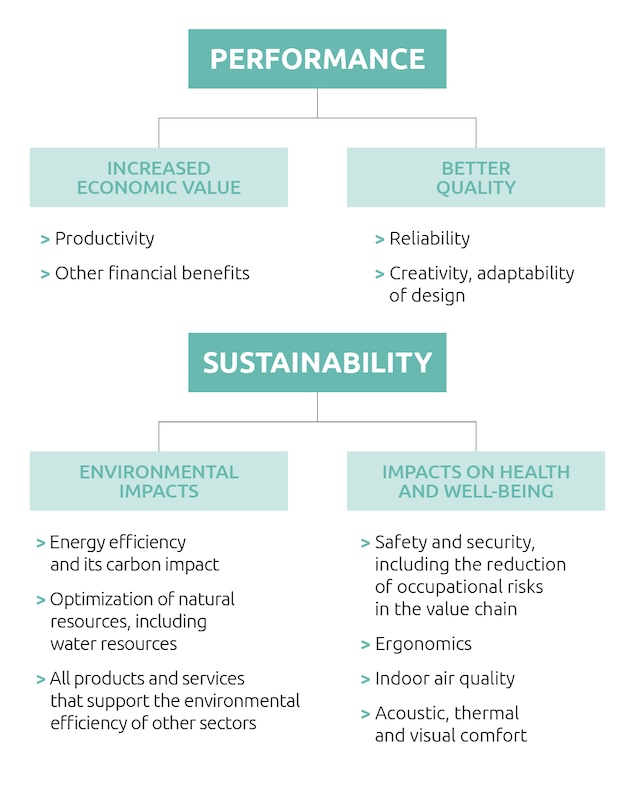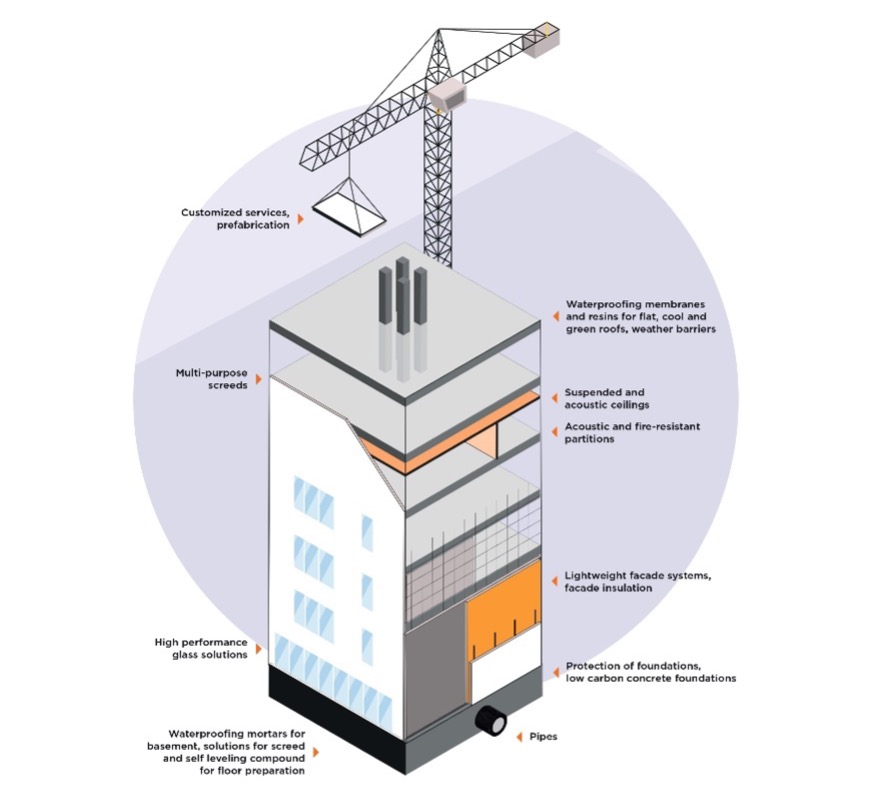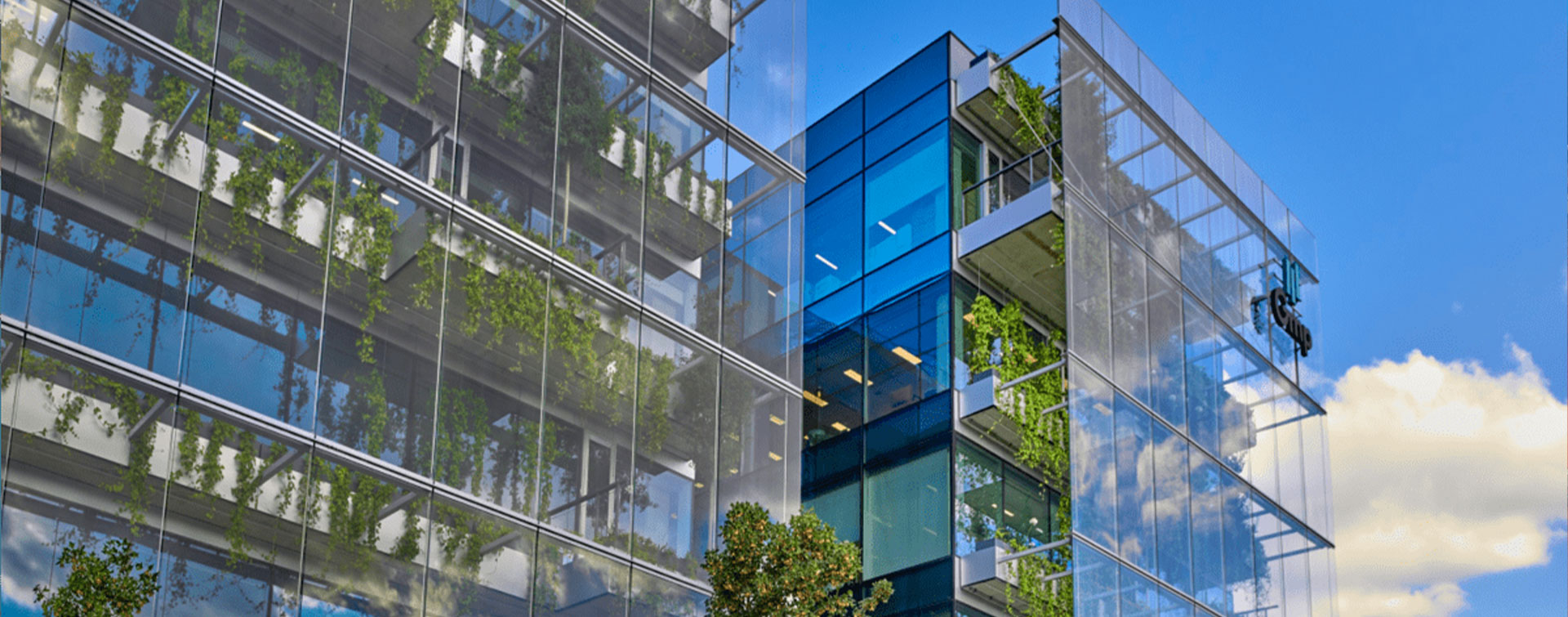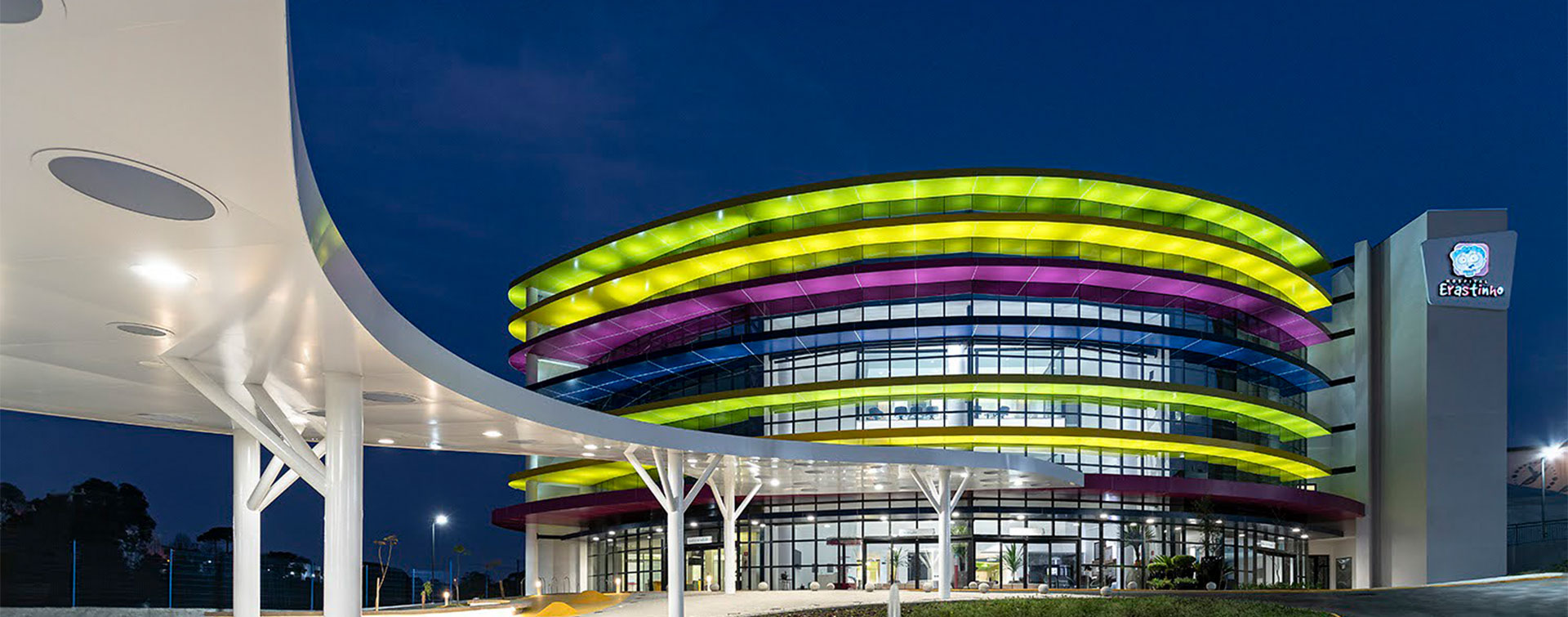 5 min
5 min
The equation for players in the building sector involves four variables that now need to be addressed simultaneously. On the one hand, performance requirements mean optimizing economic value while guaranteeing better quality. On the other hand, the need for sustainability means reconciling the environmental transition with the well-being of occupants.

The building blocks of the solution approach: products, systems and services
Imagine a building where every component is an instrument playing to a perfectly orchestrated score. This metaphor illustrates the silent revolution that is transforming the construction sector today. The integrated solutions approach redefines the rules of the game. Rather than simply combining products, it involves creating a score in which each component plays a precise role in relation to the others.
In practice, the Solutions approach cleverly combines three complementary factors:
- products, designed to meet precise technical requirements.
- systems, which combine different products to create a coherent functional whole
- and services, which complement this offer to deliver a complete solution.
This synergy enables professionals to exploit the full potential of each component through smart combinations, while drawing on their specialist expertise to create bespoke solutions.
From design to implementation: the solution approach in action
How does the intelligent combination of products, services and expertise play out on the ground? Take the example of building renovation, where every surface, from floor to ceiling, has to play an active part in energy efficiency. For roofing, new-generation systems combine insulation and waterproofing in all-in-one solutions. Façades are transformed into smart heat shields. Windows, meanwhile, become active interfaces, capable of naturally managing heat and light flows. Even the indoor insulation is transformed, maximizing performance without sacrificing living space. To work, this approach requires designing products that fit into complete Solutions, and extending their assessment grids to include their contribution to environmental sustainability, user well-being, economic performance and user experience.

Another example is light construction. By combining products, systems and services suited to its off-site production methods, this technique can address a wide range of environmental and
performance issues:
- faster construction times are halved on average.
- less expensive savings of 10-20% compared with conventional construction, or even more for a series of identical buildings.
- superior quality manufacturing conditions are always the same, and the finishing is easier to control.
- more circularity at end-of-life, components and modules can easily be dismantled for reuse or recycling.
- better resource management raw materials, energy, water and waste.
- optimized building sites safer and more comfortable working conditions, less noise and dust, and reduced transport requirements, thus lowering CO 2 emissions.

Infrastructure can benefit too
Solutions developed for bridges, tunnels and roads have to meet multiple challenges: increased resistance to climate hazards, reduced carbon footprint, optimized lifespan, improved circularity of resources and ease of maintenance. All these are needed simultaneously, to build more resilient and sustainable infrastructure.
A modern bridge perfectly illustrates this holistic approach. High-performance admixture strengthens the concrete, waterproofing solutions protect the decks, while structural waterproofing systems make the bridge durable. On the roadway, anti-skid coatings ensure safe traffic flow. A technical score in which each component contributes to the overall durability and resilience of the structure.

Over and above its practical benefits in terms of performance and sustainability, the solution approach is a catalyst for innovation. By working closely with customers to meet their specific needs, new solutions are constantly emerging. Materials are becoming more efficient and more durable, construction systems are being optimized, and digital services are facilitating implementation. But the real strength of this approach lies in its adaptability. This agility is crucial, not only to meet current needs in the sector, but also to anticipate future developments and ensure constant alignment with its specific constraints, whether climatic, regulatory or functional.









